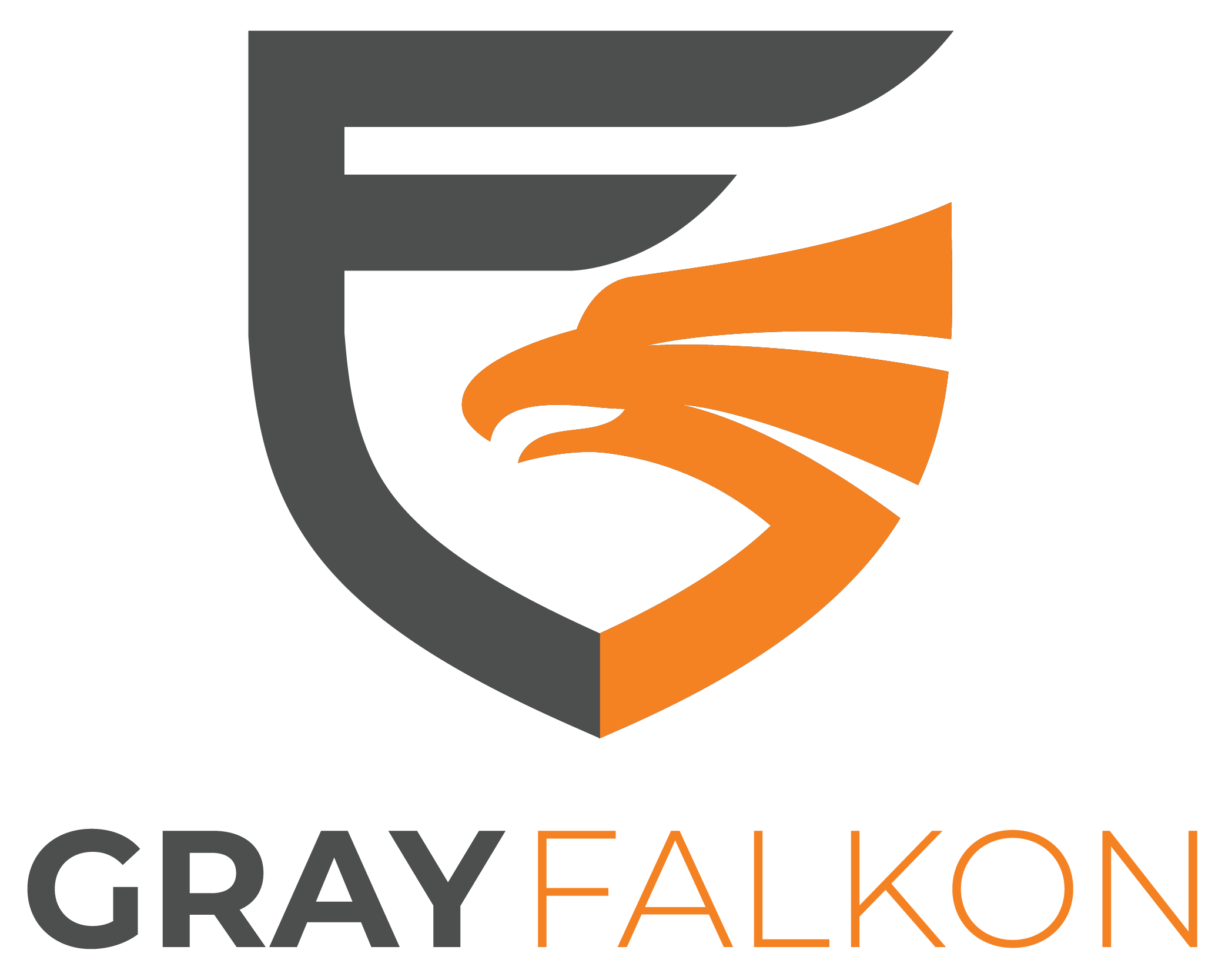
The digital marketplace has transformed dramatically with the rise of third-party sellers on major platforms like Amazon and Walmart. This evolution has disrupted traditional retail models significantly, introducing new dynamics in how consumers shop and interact with brands. Third-party sellers, vendors who sell products on a marketplace that they do not own, have grown to be a formidable presence online. Their emergence has expanded the reach of countless brands but also introduced complexities that businesses must navigate.
Let’s dive into the double-edged nature of third-party sellers. We’ll explore the substantial benefits they bring, such as increased market reach and additional revenue streams, alongside the significant challenges they pose, from enforcement of Minimum Advertised Price (MAP) policies to the management of unauthorized and counterfeit product listings. Understanding these elements is crucial for brands aiming to capitalize on the advantages while mitigating the risks associated with this dynamic sector of eCommerce.
Understanding Third-Party Sellers
Third-party sellers are a diverse and dynamic segment, ranging from highly reputable authorized dealers to those with more questionable intentions. These sellers are independent vendors who leverage the infrastructure of larger platforms such as Amazon, Walmart, eBay, and other online marketplaces to offer their products directly to consumers. Unlike direct sellers who sell products through their own websites or physical stores, third-party sellers operate within a marketplace that is not their own, utilizing the platform’s vast customer base and logistical support to reach wider audiences.
Operation of Third-Party Sellers
Platform Use: These sellers list their products on these platforms, which handle much of the customer service, payment processing, and, in cases like Amazon’s FBA (Fulfillment by Amazon), logistics.
Diverse Strategies: They employ a variety of strategies; some focus on niche markets with specialized products, while others engage in retail or online arbitrage, buying discounted products to resell at a profit.
Variety in Seller Types: Not all third-party sellers are created equal. While many are authorized sellers who have direct permission from brands to sell their products, others may operate without such permissions, potentially engaging in unauthorized and gray market activities.
Scale and Impact
Market Share: As of recent years, third-party sellers account for a significant portion of sales on major platforms, with nearly 60% of Amazon’s total sales coming from third-party sellers, underscoring their critical role in the ecosystem.
Access to Global Markets: Their presence democratizes access to international markets for small and medium-sized enterprises (SMEs), allowing these businesses to compete globally without the overhead of traditional retail.
Understanding the diverse nature of third-party sellers and their operations is crucial for brands and consumers alike. The influence they wield is substantial, affecting everything from pricing dynamics to product availability, and necessitates a nuanced approach from brands to navigate this landscape effectively.
Benefits of Third-Party Sellers
The rise of third-party sellers on eCommerce platforms has brought numerous benefits to brands, enhancing their reach and operational dynamics in several impactful ways. These benefits not only boost sales but also expand the brand’s visibility and market penetration.
Increased Brand Reach and Visibility
Market Expansion: Third-party sellers help brands extend their reach into new and underserved markets without the need for significant upfront investment in marketing or distribution networks.
Consumer Access: By listing products on popular platforms like Amazon and Walmart, third-party sellers make a brand’s products available to a broader audience, including regions where the brand may not have a physical presence.
Additional Sales Streams
Revenue Opportunities: The presence of third-party sellers can lead to increased sales volume as more customers encounter the brand on their preferred shopping platforms.
Diversification: Brands benefit from diversified sales channels, which can reduce risk if one channel underperforms.
Extension of Brand’s Distribution Network
Logistical Support: Many third-party sellers utilize services like Amazon’s FBA and Walmart Fulfillment Services (WFS), which manage the logistics of storage, packing, shipping, and customer service, thus streamlining operations for the brand.
Strategic Partnerships: Successful third-party sellers often grow into valuable partners, aligning their business strategies with the brand’s goals to foster mutual growth.
These benefits highlight the significant positive impact third-party sellers can have on a brand’s strategic goals. By leveraging the capabilities and reach of third-party sellers, brands can not only increase their sales but also enhance their market adaptability and customer reach.
Challenges Presented by Third-Party Sellers
While third-party sellers on eCommerce platforms can offer numerous benefits to brands, they also bring a host of challenges that can pose risks to a brand’s reputation and operational control. These challenges require vigilant management and strategic response to safeguard the brand’s interests.
Policing Seller Authorization and Product Quality
Unauthorized Sellers: One of the most significant challenges is the proliferation of unauthorized sellers who may obtain products through gray market sources and sell them without brand consent, often at discounted prices.
Quality Control: Ensuring that third-party sellers maintain the brand’s standards of quality is difficult when control over inventory is relinquished. This can lead to customer dissatisfaction if the products sold are substandard or counterfeit.
Price Undercutting and Counterfeit Goods
Impact on Brand Equity: Unauthorized sellers might undercut prices, which can trigger price wars with authorized sellers, eroding margins and damaging the perceived value of the brand.
Counterfeits: The sale of counterfeit goods not only harms revenue but can also significantly damage customer trust in the brand.
Limited Visibility and Fragmented Data
Supply Chain Complexity: Brands often struggle with limited visibility into the supply chains of third-party sellers, making it hard to trace product origins and ensure compliance with brand standards.
Data Fragmentation: Gathering cohesive data from disparate third-party seller activities is challenging, which complicates efforts to analyze market trends and seller performance effectively.
These challenges underscore the need for robust strategies and tools to manage third-party sellers. Brands must implement rigorous monitoring and enforcement mechanisms to protect their market position and maintain customer trust.
Strategic Responses to Third-Party Seller Challenges
Brands facing challenges with third-party sellers have several strategies and tools at their disposal to assert control and protect their market integrity. Gray Falkon specializes in providing solutions that help brands navigate these turbulent waters effectively, ensuring that they not only survive but thrive in the competitive eCommerce landscape.
Monitoring and Control Strategies
Seller Engagement: Implementing sophisticated monitoring tools that track product listings across eCommerce platforms helps identify unauthorized sellers and gray market goods. Our brand protection solution deploys AI enforcement agents to continuously scan for IP and policy infringements and persuade unauthorized sellers to remove listings.
Marketplace Engagement: Gray Falkon’s proprietary solution uses artificial intelligence to automatically document and effectively submit IP policy violations, and marketplace T&C policy violations directly to the marketplace to take action. Our system automatically tracks marketplace enforcement and refiles submissions until action is taken.
Technological Solutions for Brand Integrity
Online Brand Protection: Utilizing artificial intelligence and machine learning, our Full Deployment solution offers an automated approach to detect and address issues. This technology helps brands maintain consistent pricing, monitor MAP compliance, and safeguard against counterfeit sales.
Data Analytics and Reporting: By leveraging data analytics, brands can gain deeper insights into seller behaviors, pricing trends, and market dynamics. Our Full Deployment solution alongside a dedicated Brand Success Strategist helps brands make informed decisions based on comprehensive data gathered from multiple seller activities and marketplace interactions.
Utilizing Marketplaces’ Tools
Amazon’s Brand Registry and Project Zero: Engaging with programs like Amazon’s Brand Registry, Project Zero, and Amazon Transparency empowers brands to proactively manage their listings and combat counterfeit products. Gray Falkon helps brands integrate these programs into their broader brand protection strategy, enhancing overall enforcement efforts.
By deploying these strategic responses, brands can effectively manage the risks associated with third-party sellers. Gray Falkon’s AI-powered solution is designed to equip brands with the necessary tools to maintain control over their product representation in the marketplace, ensuring that they capitalize on the benefits of third-party sellers while minimizing potential drawbacks.
Protect Your Brand With Gray Falkon
The evolution of eCommerce has brought about significant opportunities for brands through the involvement of third-party sellers on platforms like Amazon and Walmart. These sellers can extend a brand’s reach, open new revenue streams, and provide access to broader markets. However, the challenges they introduce, such as unauthorized selling, price undercutting, and the distribution of counterfeit and gray market products, demand vigilant management and strategic oversight.
Brands must adopt comprehensive strategies to mitigate the risks associated with third-party sellers. The implementation of advanced monitoring systems, robust legal and technological solutions, and proactive marketplace engagement are essential to maintaining brand integrity and market position. Gray Falkon’s specialized offerings in brand protection, MAP policy enforcement, and online brand monitoring empower brands to navigate these complexities effectively. By leveraging Gray Falkon’s AI-powered solution, brands can ensure that their products are represented accurately and fairly in the marketplace, protecting their reputation and ensuring customer satisfaction.
Embrace the future of brand protection with Gray Falkon’s proprietary AI and automation system. Schedule a demo today to secure a competitive edge in today’s dynamic market.



